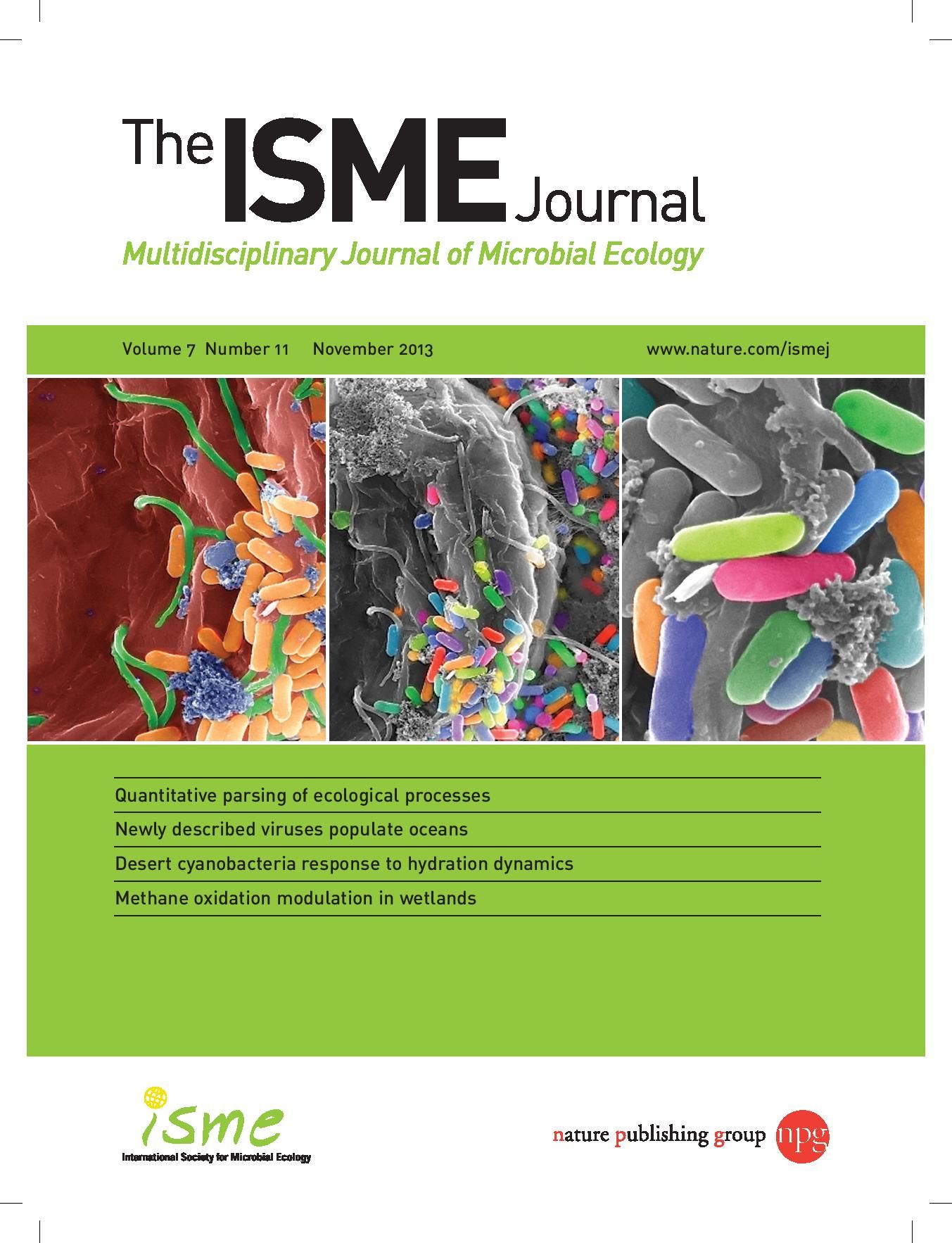Amino acid auxotrophies in human gut bacteria are linked to higher microbiome diversity and long-term stability
IF 10.8
1区 环境科学与生态学
Q1 ECOLOGY
引用次数: 0
Abstract
Amino acid auxotrophies are prevalent among bacteria. They can govern ecological dynamics in microbial communities and indicate metabolic cross-feeding interactions among coexisting genotypes. Despite the ecological importance of auxotrophies, their distribution and impact on the diversity and function of the human gut microbiome remain poorly understood. This study performed the first systematic analysis of the distribution of amino acid auxotrophies in the human gut microbiome using a combined metabolomic, metagenomic, and metabolic modeling approach. Results showed that amino acid auxotrophies are ubiquitous in the colon microbiome, with tryptophan auxotrophy being the most common. Auxotrophy frequencies were higher for those amino acids that are also essential to the human host. Moreover, a higher overall abundance of auxotrophies was associated with greater microbiome diversity and stability, and the distribution of auxotrophs was found to be related to the human host’s metabolome, including trimethylamine oxide, small aromatic acids, and secondary bile acids. Thus, our results suggest that amino acid auxotrophies are important factors contributing to microbiome ecology and host-microbiome metabolic interactions.

人类肠道细菌中的氨基酸营养缺陷型与较高的微生物组多样性和长期稳定性有关。
氨基酸营养缺陷型在细菌中很普遍。它们可以控制微生物群落的生态动力学,并指示共存基因型之间的代谢交叉喂养相互作用。尽管营养缺陷型营养因子具有重要的生态学意义,但对其分布及其对人类肠道微生物组多样性和功能的影响仍知之甚少。本研究首次使用代谢组学、宏基因组学和代谢建模相结合的方法对氨基酸营养缺陷型营养因子在人类肠道微生物组中的分布进行了系统分析。结果表明,氨基酸营养缺陷型在结肠微生物组中普遍存在,其中色氨酸营养缺陷型最为常见。对于那些对人类宿主也是必需的氨基酸,辅助营养频率更高。此外,营养缺陷型细菌的总体丰度越高,微生物组的多样性和稳定性就越高,而且营养缺陷型菌株的分布与人类宿主的代谢组有关,包括三甲胺氧化物、小芳香酸和仲胆汁酸。因此,我们的研究结果表明,氨基酸营养缺陷型是促进微生物组生态学和宿主-微生物组代谢相互作用的重要因素。
本文章由计算机程序翻译,如有差异,请以英文原文为准。
求助全文
约1分钟内获得全文
求助全文
来源期刊

ISME Journal
环境科学-生态学
CiteScore
22.10
自引率
2.70%
发文量
171
审稿时长
2.6 months
期刊介绍:
The ISME Journal covers the diverse and integrated areas of microbial ecology. We encourage contributions that represent major advances for the study of microbial ecosystems, communities, and interactions of microorganisms in the environment. Articles in The ISME Journal describe pioneering discoveries of wide appeal that enhance our understanding of functional and mechanistic relationships among microorganisms, their communities, and their habitats.
 求助内容:
求助内容: 应助结果提醒方式:
应助结果提醒方式:


